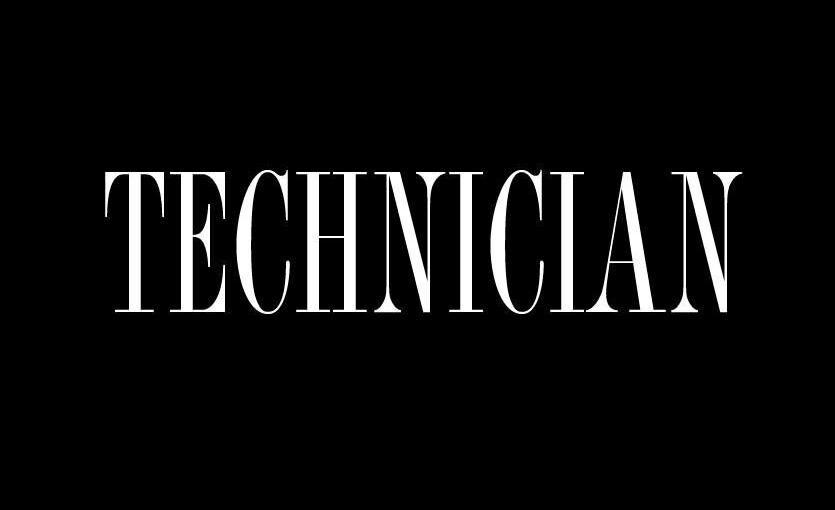Last week, I wrote about the Open Syllabus Project and the implications of the surprisingly angry responses to “controversial literature.” Aside from the research potential of this project, I think that NC State would benefit from an open-syllabus culture.
One of my qualms about the “new” drop-date policy, implemented in fall 2014, is one that those close to me know well. It is really difficult to determine if a class is the right fit for you during the first two weeks. I’ve unfortunately been in that situation in which I arrived on the first day of class and immediately knew I could not handle the amount of work with my schedule that semester. In this situation, I also knew that all the other classes that I could switch into were full at that point. It is incredibly stressful to have to pick classes blindly and hope you can handle the course loads and make decisions on whether or not to stay in them based on your perceptions of the first few weeks of classes.
We as students should vie for an open-syllabus school for a multitude of reasons. An open-syllabus culture would really benefit NC State students in schedule planning. When considering taking a class, it would be extraordinarily helpful for planning a semester if we could see the frequency of coursework we could expect in order to ensure that we have time for a certain class. Our schedules get busy with other priorities, from part-time jobs and internships to civic engagements. Students want to be involved in many things, as this is important to both our local and academic communities.
It would also be great to know if the content of the course is actually true to its description before we get locked into a class and all of our other options fill up. We’ve all been in classes that haven’t matched our expectations. Professors take different approaches to the same course, and it would be helpful if we could figure out which section of a class contained the approach that interested us the most.
Additionally, the number of textbooks that we are required to buy for a class is also a big deal for students on a tight budget. Some professors write course packets, whereas others assign $200 textbooks that never leave the plastic packaging. When a student must pay for his or her classes on limited funds — which many do — textbooks can become a huge financial stressor.
With the drop date for classes within the first two weeks, having the syllabuses shared ahead of time would be beneficial for students and would help to counteract the rushed and stressful decisions that we now have to make based on our experiences during the first few classes of the semester.
Grade distributions and professor reviews are helpful, but they only offer the perspectives of former students with different interests and values than we have. The ability to view a syllabus before taking a class would better allow us to determine if a class is right for us. We need to take a cue from the Open Syllabus Project and open up our own syllabuses, not for metadata research, although this would be really interesting, but for more transparency for students making academic decisions.
Being able to see the syllabuses before students sign up for a class will help reduce academic-related stress. It is just good to know what we are signing up for and what we are paying for. With the drop-date policy as it stands now, having open syllabuses will be invaluable to student success.














